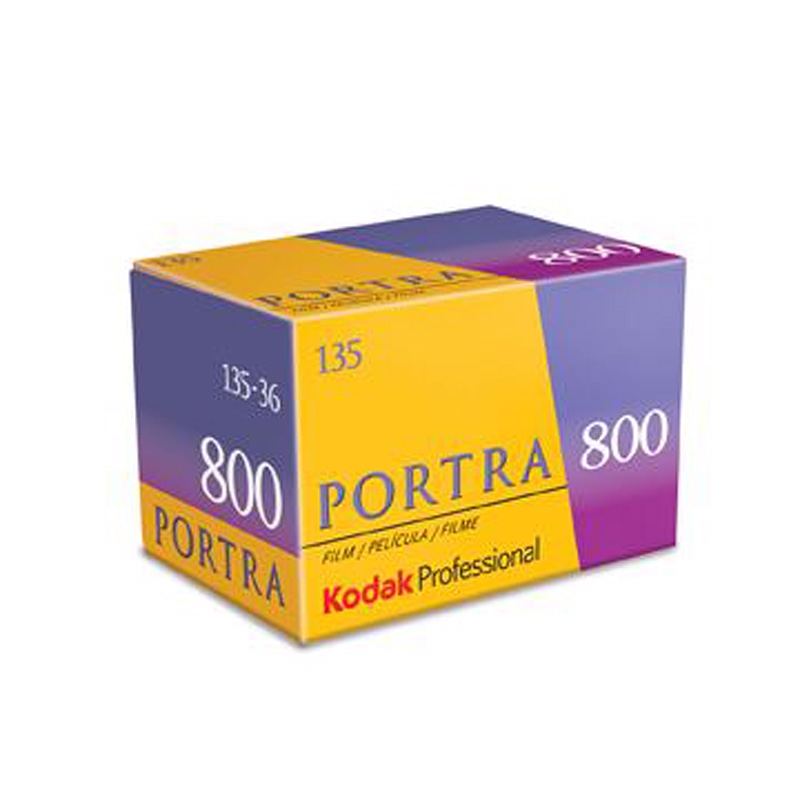
When color negative film is processed, the first step (color developer) is designed to initiate reduction of silver halide salts in each of the three emulsion layers into metallic silver that produces a negative image. In general, the shelf life of diluted color process chemicals is far less than those used for black & white film processing. The stability of chemical solutions is also a factor in color processing, because sensitive combinations must be mixed immediately prior to use to avoid rapid deterioration of the components. Although the basic steps are similar in nature, color processes require more steps and greater temperature control than do black & white processes. Processing color film requires considerably more effort and attention than does black & white film. The image was recorded on Fujicolor Superia 100 color negative film and processed using the Kodak C-41 technique at 37.8 degrees centigrade. A Kodak Wratten CC10M magenta color compensating filter was used in the light path to eliminate a green cast present in background of the stained specimen. The staining mixture consists of safranin O (nuclei, chromosomes and cell walls), fast green (cytoplasm and cellulose cell walls), crystal violet (starch), and orange G (acidophilic cytoplasm). The specimen employed in this discussion is a brightfield color photomicrograph of a quadruple-stained thin section of longitudinal tracheids derived from loblolly pine. Color negative film has an orange mask that is used to help control contrast and correct for deficiencies in green and red-sensitive layers when the negatives are printed. Bleach is then utilized to remove all of the silver metal, and each layer is left with only a color image. The blue-sensitive layer of the original film forma a yellow image, while the green and red-sensitive layers form magenta and cyan images, respectively. The result is the formation of three dye layers, one from each of the subtractive primary colors : cyan, magenta, and yellow. While doing this, the developer also oxidizes and combines with dye couplers that are either built into the emulsion layers or added during development. When negative film is processed, the developer converts light-sensitive crystallites of silver halide (usually the bromide salt) compounds in the emulsion layers into metallic silver. Subsequently, the negative is printed, usually onto color photographic paper, to yield a positive color print. Color negative film produces an image that is complementary with respect to colors and density of the original microscopic viewfield. We do not accept returns on photo chemistry.Other colors will react with two or more of the emulsion layers to reproduce that color when the negative is printed.
KODAK C 41 FULL
Do not get your blix (even a drop) into your developer! We only sell full kits. Notice: We can not replace kits if not mixed properly or if accidentally discarded.

That's it! Hang your film to dry and then scan! Enjoy!!!! You will see the black rem jet in your water as you rinse. Final rinse under running water before submerging your film into the two-minute Stabilizer. Careful not to scratch the emulsion of your film. With your thumb, gently rub the non-emulsion side of your film as you remove it from your film reel. After your Blix, rinse your film in a half bucket of hot water (80 - 102 degrees F). This will keep your chemistry clean for re-use!Ģ. When pouring your chemistry back into your containers, please use a coffee filter in your funnel to capture any "rem jet" waste. In addition to following the standard directions for C-41 home-processing please add the following steps.ġ. How do I process Kodak Vision 3 line of films with FPP's c-41 Kit?

What if I shot my Portra 400 at 800 iso.or 1600 iso? Can I push develop? Yes, you can.ģ stop push is not recommended for color film.īREAKING NEWS! If you are processing at home with our very own C-41 Kit you can SHOOT and PROCESS any C-41 film AND you can also develop the awesome Kodak Vision 3 line of color motion picture films! Read on! How many rolls can I develop from my kit? The kit claims you can process 12-15rolls of film but FPP Guy Mark Dalzell has s-t-r-e-t-c-h-e-d this kit to develop 20+ rolls!!! Before capping your chemistry after use, squeeze out all of the extra air making your chems air-tight. Our recycled 1-Liter containers are perfect for storing and squeezing. You will need THREE bottles for your C-41 Kit (One for the Developer, One for the Blix, One for the Stabilizer) We recommend our Basic Scanner Kit or Epson v800.

Once developed you will need a scanner to scan your newly developed negative. If you're new to home developing check out our blog WHAT STUFF DO I NEED. What will I need? You will need the basic darkroom tools - tank, beakers, etc.


 0 kommentar(er)
0 kommentar(er)
